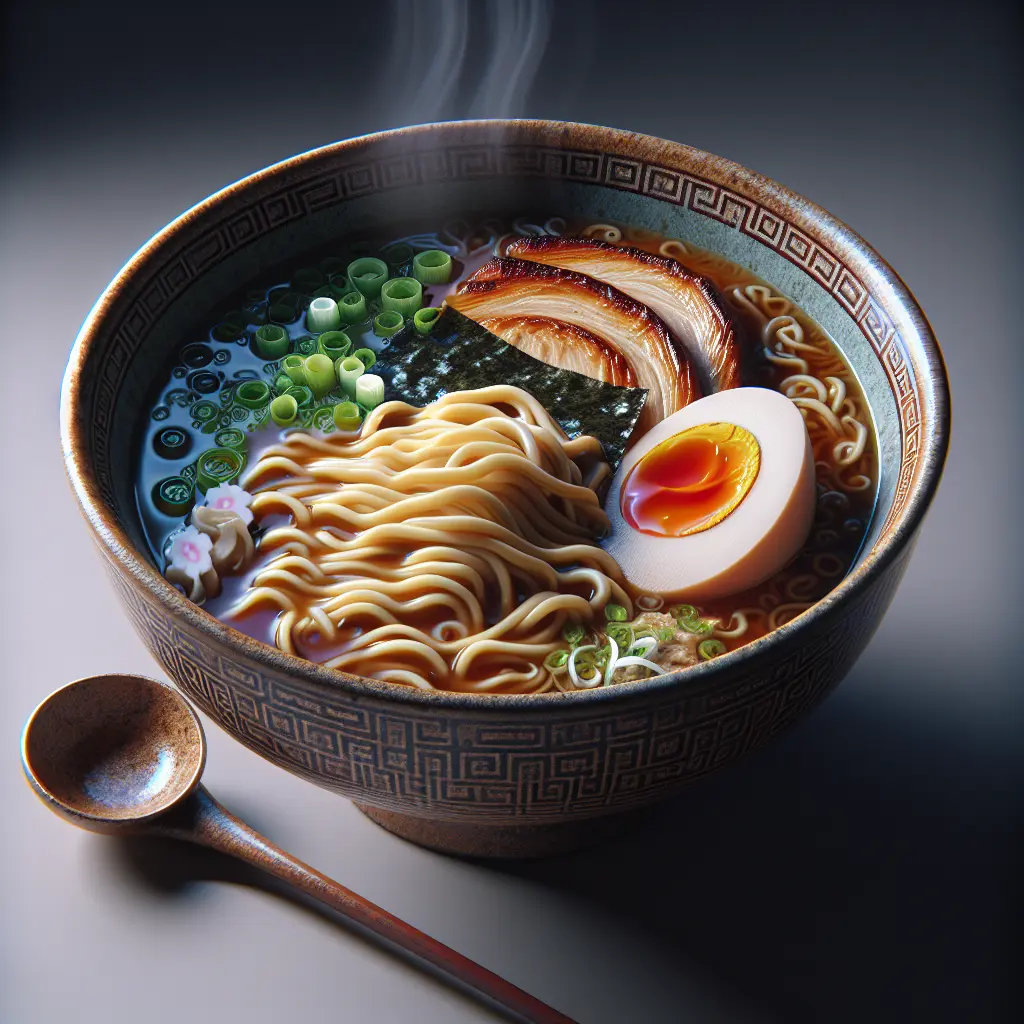Ramen Soup: A Culinary Journey through Japanese Gastronomy
Ramen soup, a delectable Japanese dish, has gained immense popularity worldwide. Its tantalizing broth, springy noodles, and an array of savory toppings create a harmonious symphony of flavors that delight the palate. This article takes you on a culinary journey, exploring the origins, nutritional profile, and diverse regional variations of ramen soup, offering a comprehensive understanding of this beloved dish.
Origins and History
The origins of ramen soup can be traced back to China, where a wheat-based noodle dish known as lamian was introduced to Japan in the late 19th century. Over time, the Japanese adapted and refined the dish, incorporating their own unique ingredients and cooking techniques. The popularity of ramen soup soared in the post-World War II era, becoming a staple food for both locals and international visitors.
Nutritional Profile
While the nutritional value of ramen soup can vary depending on the specific ingredients used, a typical bowl contains approximately:
- Calories: 954
- Protein: 48 grams
- Fat: 35 grams
- Carbohydrates: 111 grams
- Fiber: 6 grams
- Sugar: 6.7 grams
The high protein content of ramen soup makes it a satisfying and filling meal. The broth is often rich in sodium, which should be considered by individuals monitoring their salt intake. However, the presence of fiber and vegetables can contribute to a sense of fullness and support digestive health.
Regional Variations
Ramen soup is not a monolithic dish; it has evolved into numerous regional variations across Japan, each with its distinctive characteristics:
- Hokkaido Ramen: Known for its浓郁味增broth made with fermented soybeans, Hokkaido ramen features thick, wavy noodles and is often topped with corn and butter.
- Tokyo Ramen: Characterized by a醬油味soy sauce-based broth, Tokyo ramen often has straight, thin noodles and is topped with sliced pork, bamboo shoots, and a soft-boiled egg.
- Kyoto Ramen: With a lighter,澄んだsoup made from chicken and fish stock, Kyoto ramen is known for its delicate flavors and is often topped with a variety of vegetables, such as green onions and mushrooms.
- Hakata Ramen: Originating from Fukuoka, Hakata ramen is famous for its rich豚骨tonkotsu broth made from boiled pork bones. The noodles are thin and straight, and the soup is often topped with slices of pork belly and pickled ginger.
Conclusion
Ramen soup stands as a testament to the culinary artistry of Japan. Its rich broth, springy noodles, and diverse toppings have captivated taste buds around the world. Whether you prefer the浓郁味增of Hokkaido ramen or the澄んだsoup of Kyoto ramen, there is a regional variation to satisfy every palate. As you delve into the world of ramen soup, you embark on a culinary journey that celebrates the flavors and traditions of Japanese gastronomy.
How many calories are in Ramen Soup?
Each 1 bowl of Ramen Soup contains 954 calories.
Ramen Soup Nutritional Information
| Nutrient | Amount per 1 bowl (707g) |
|---|---|
| Calories | 954 Calories |
| Protein | 48g |
| Fat | 35g |
| Saturated Fat | 12g |
| Cholesterol | 0.227mg |
| Carbohydrates | 111g |
| Dietary Fiber | 6g |
| Sugar | 6.7g |
| Sodium | 2.691mg |
| Potassium | 0.8332mg |
| Calcium | 0.124mg |
| Iron | 0.0097mg |
